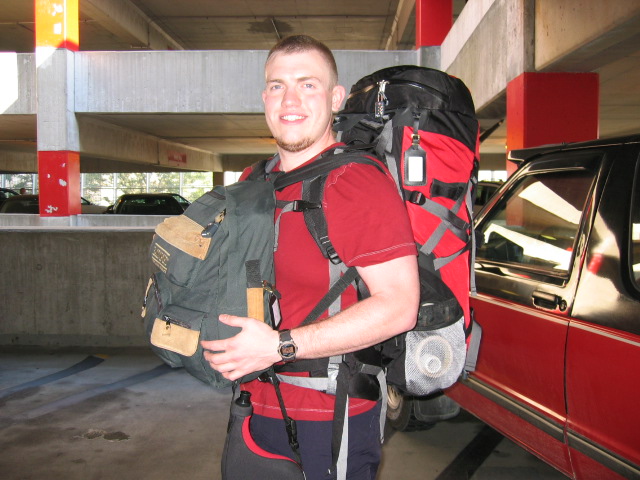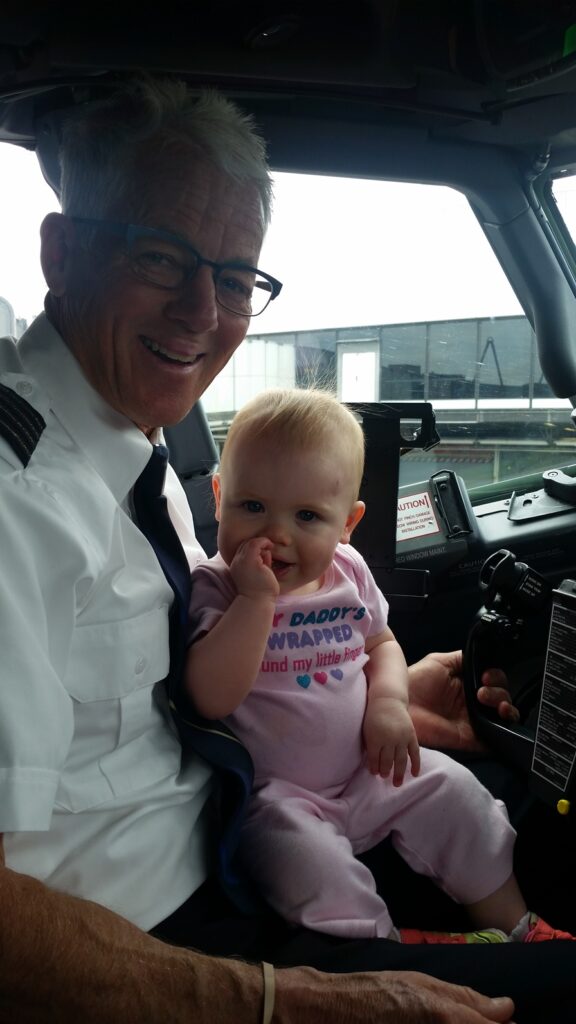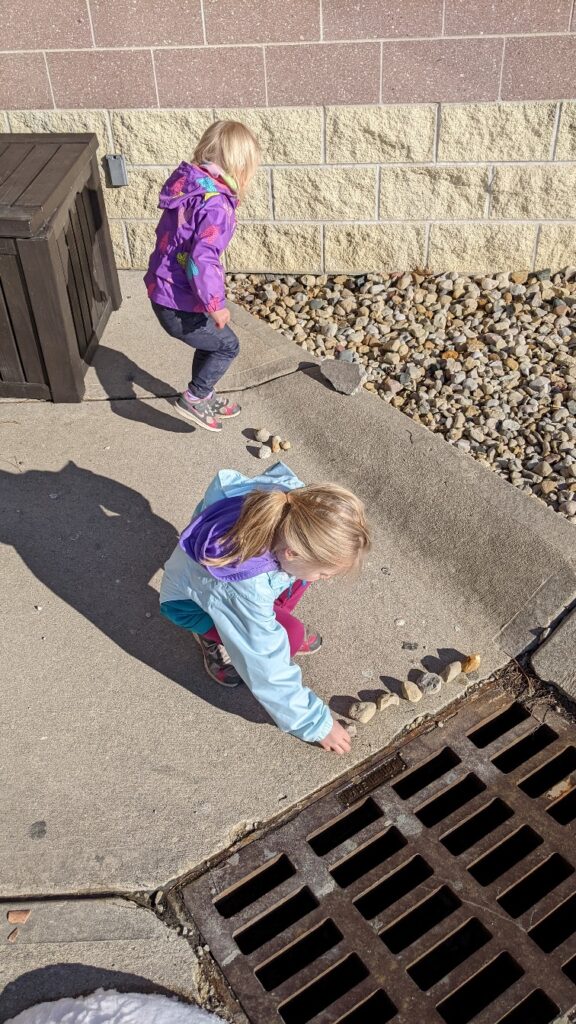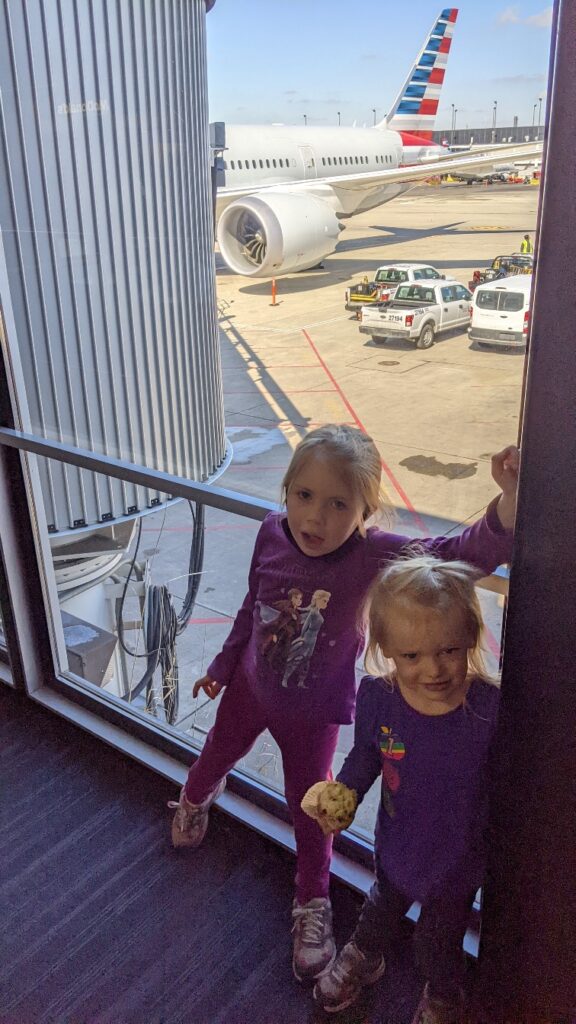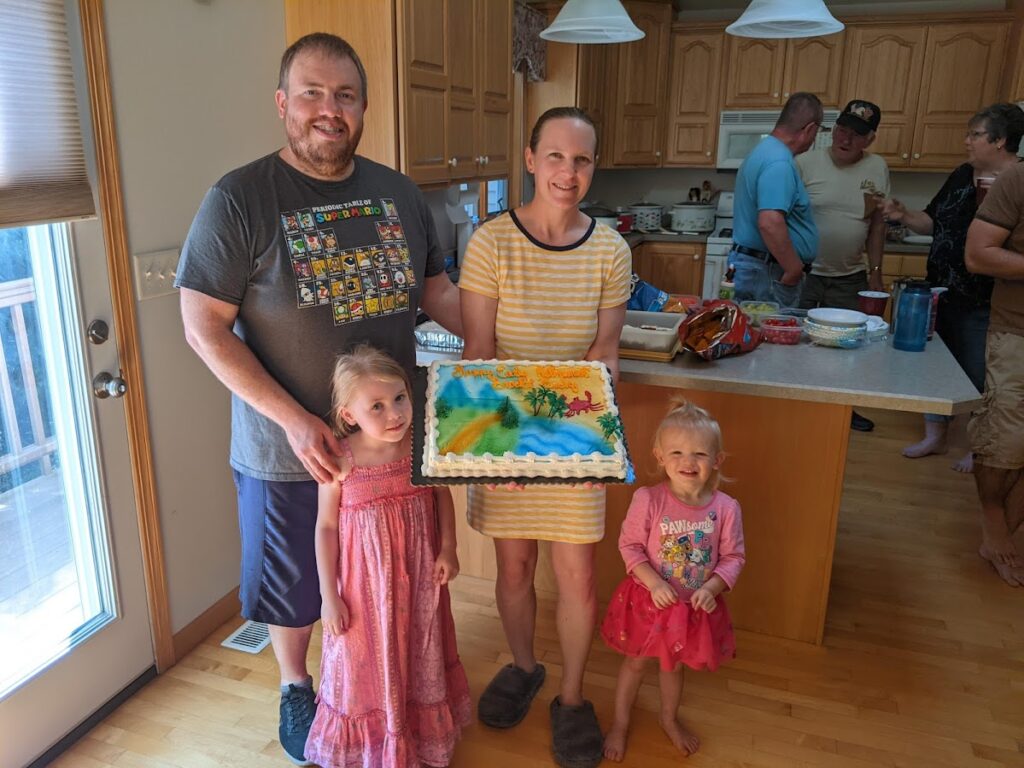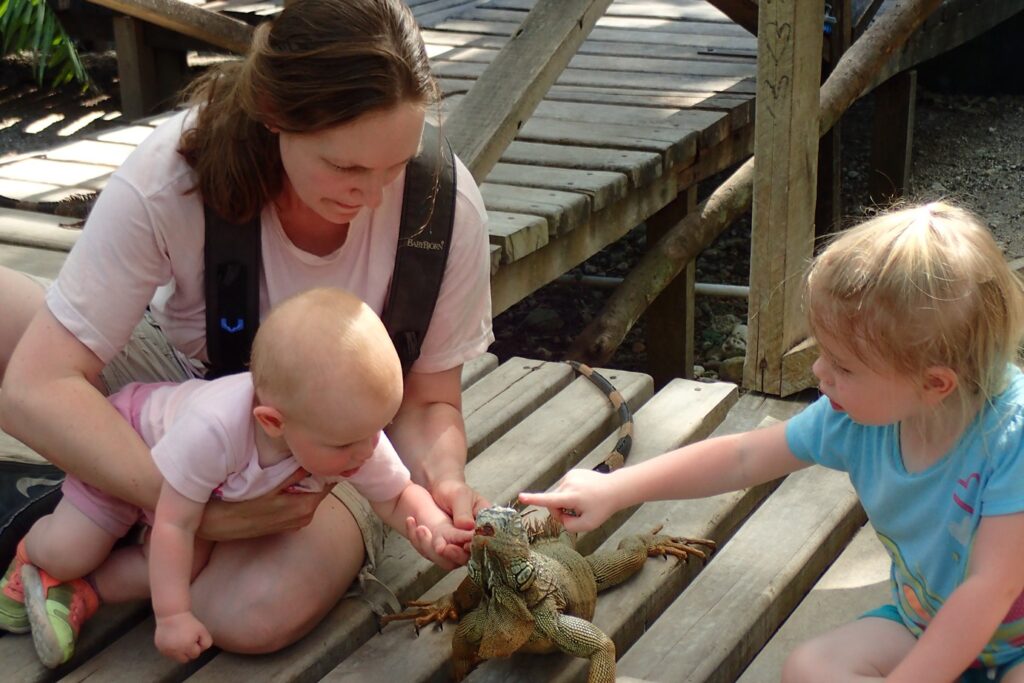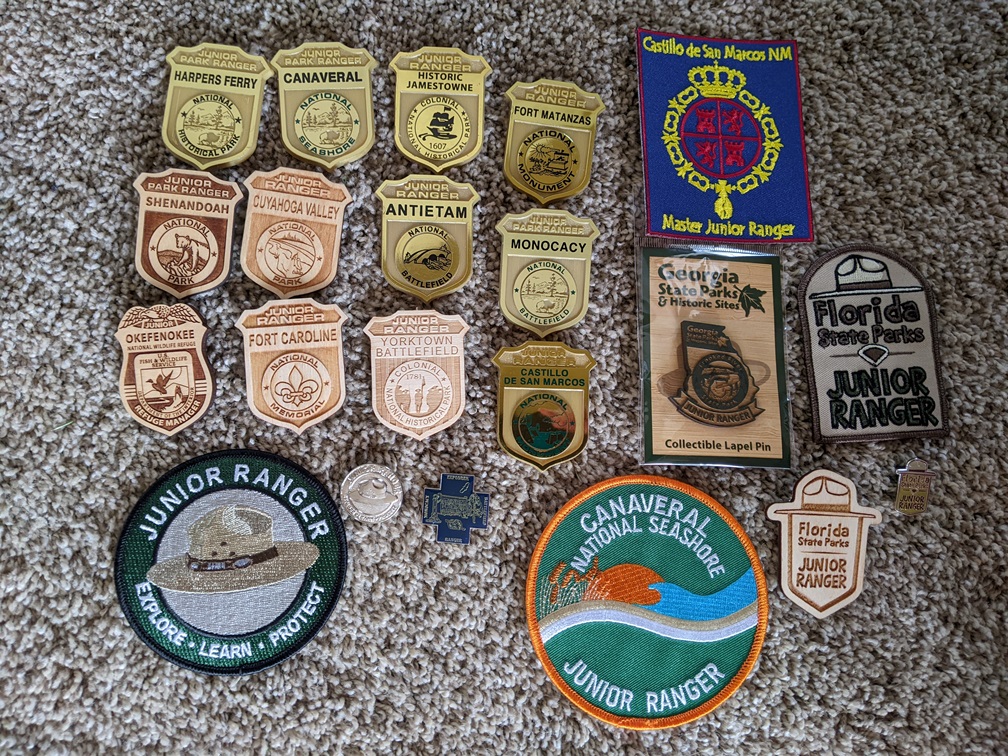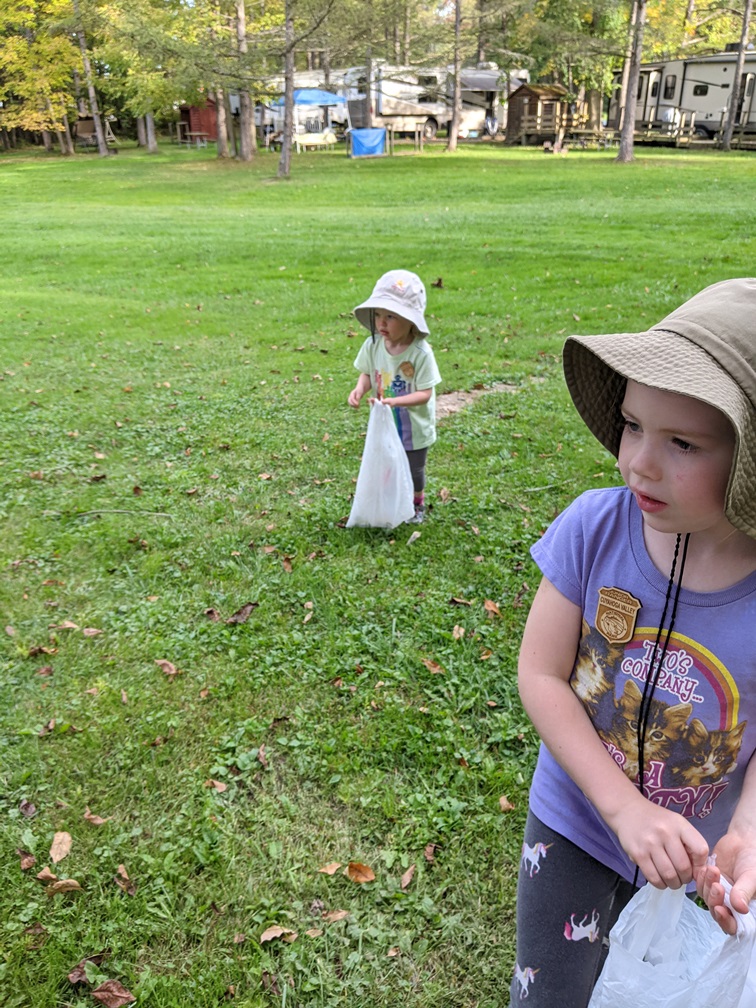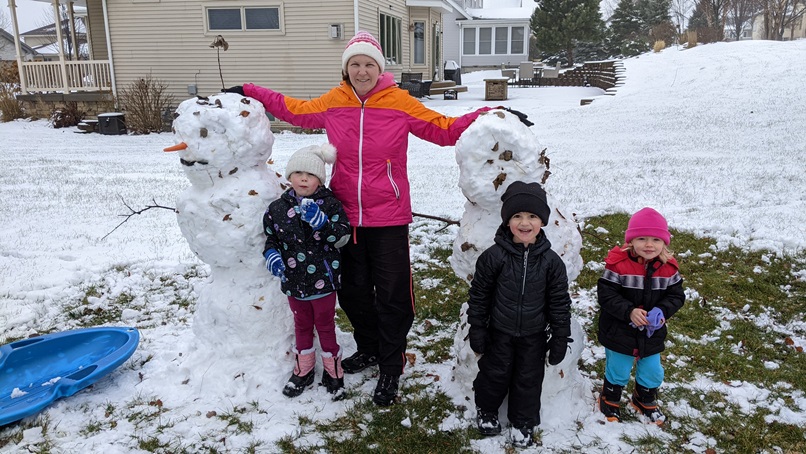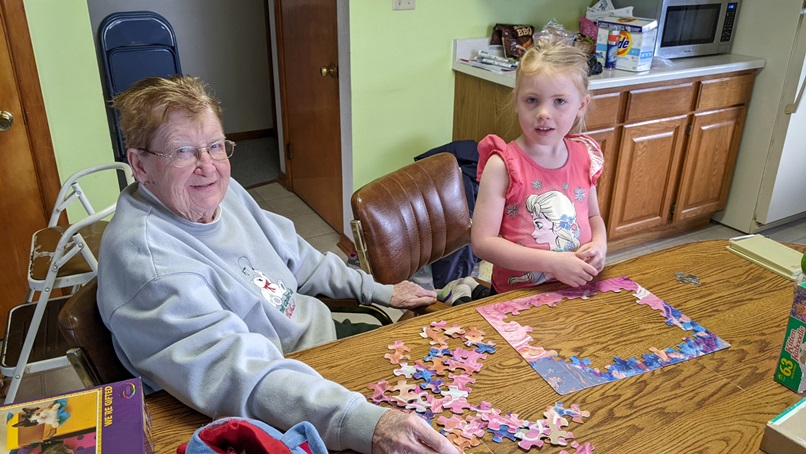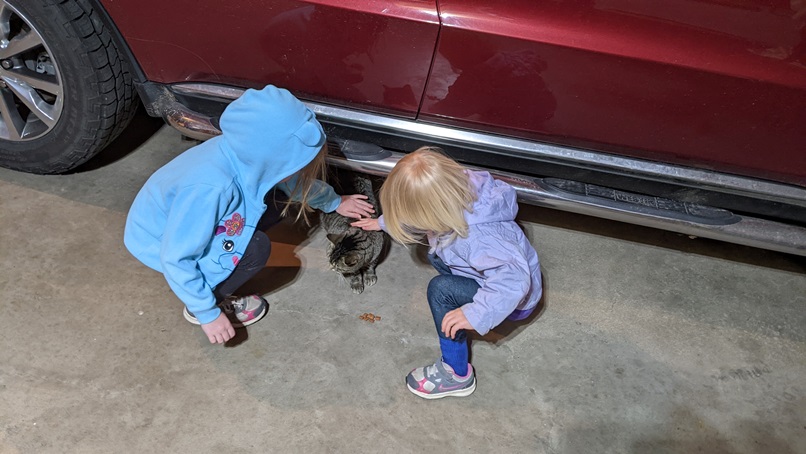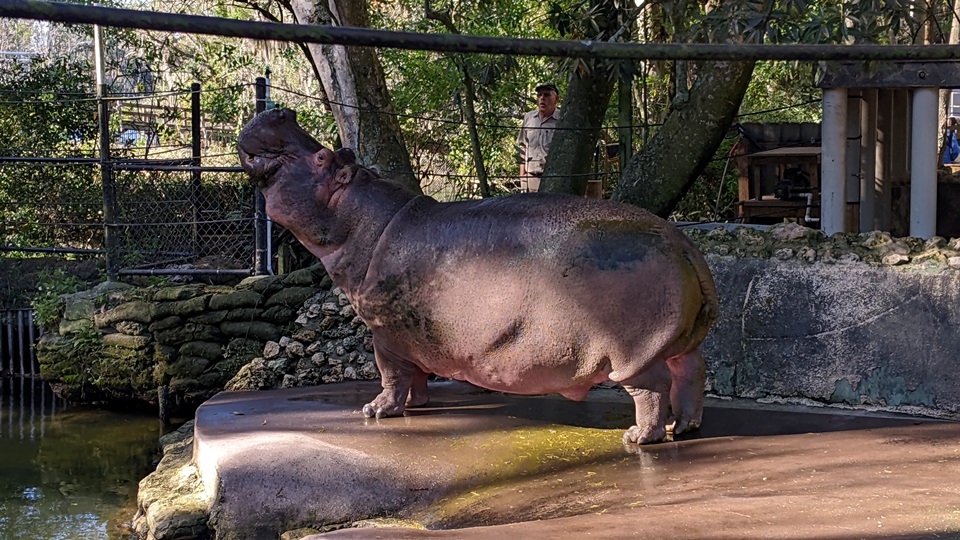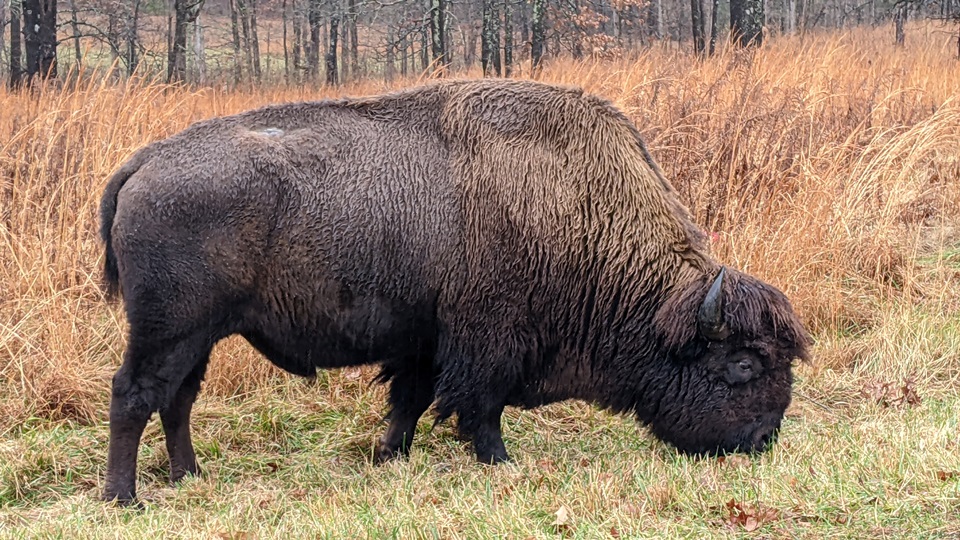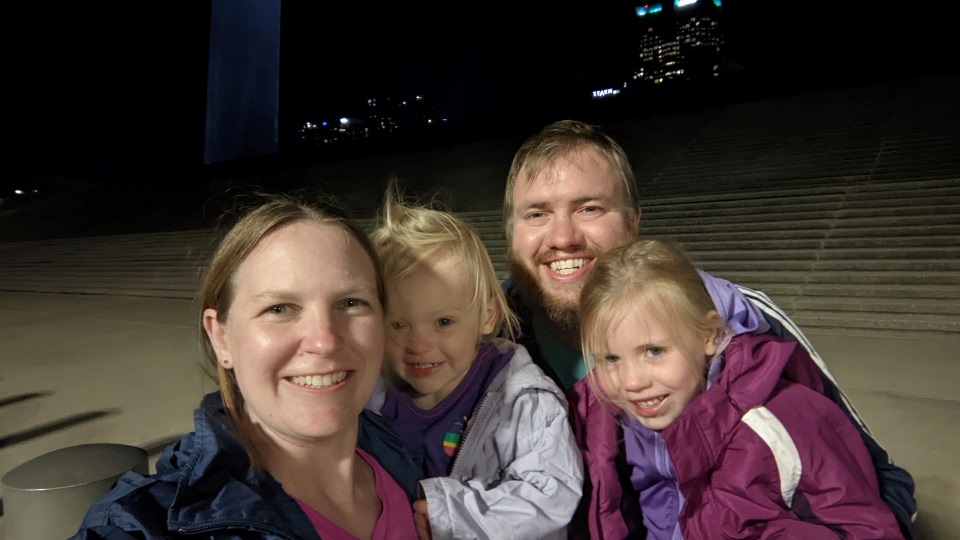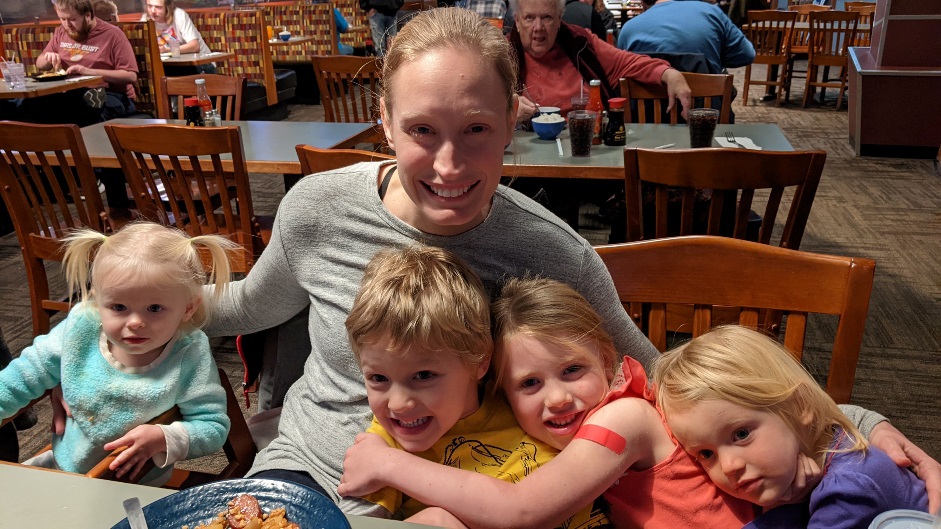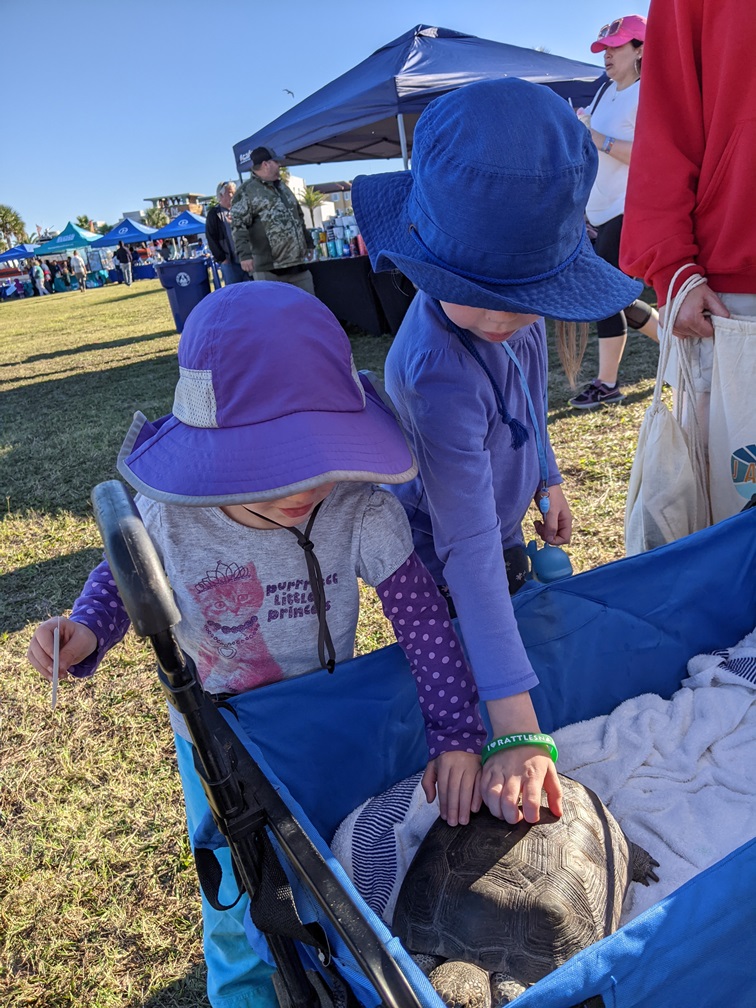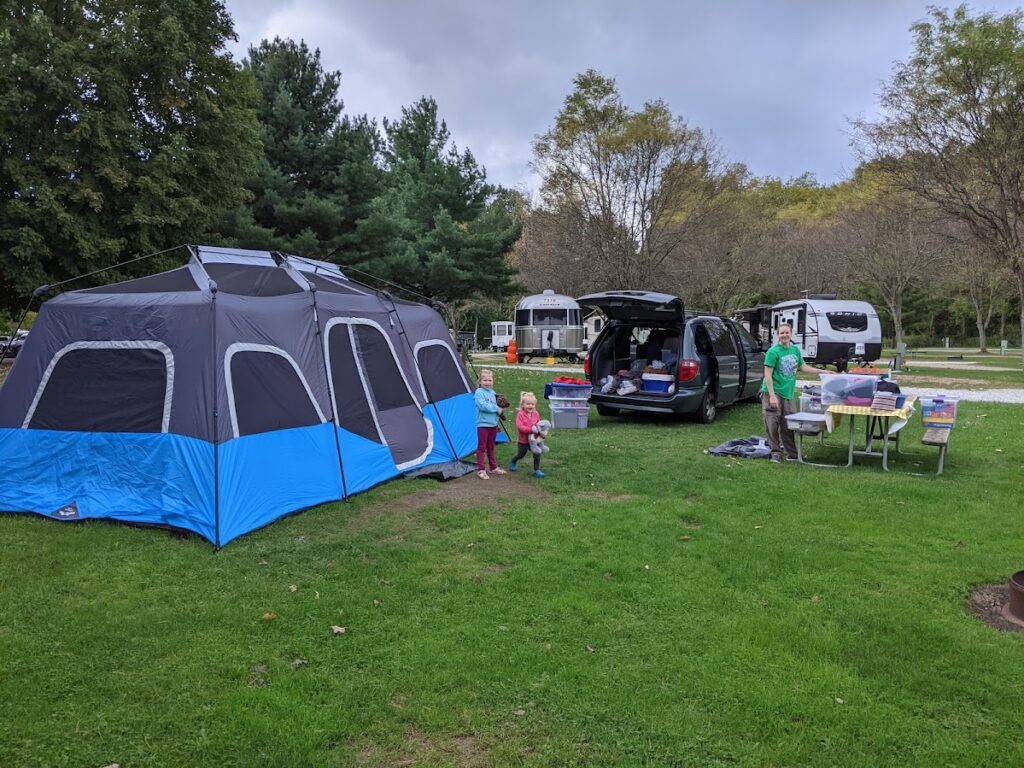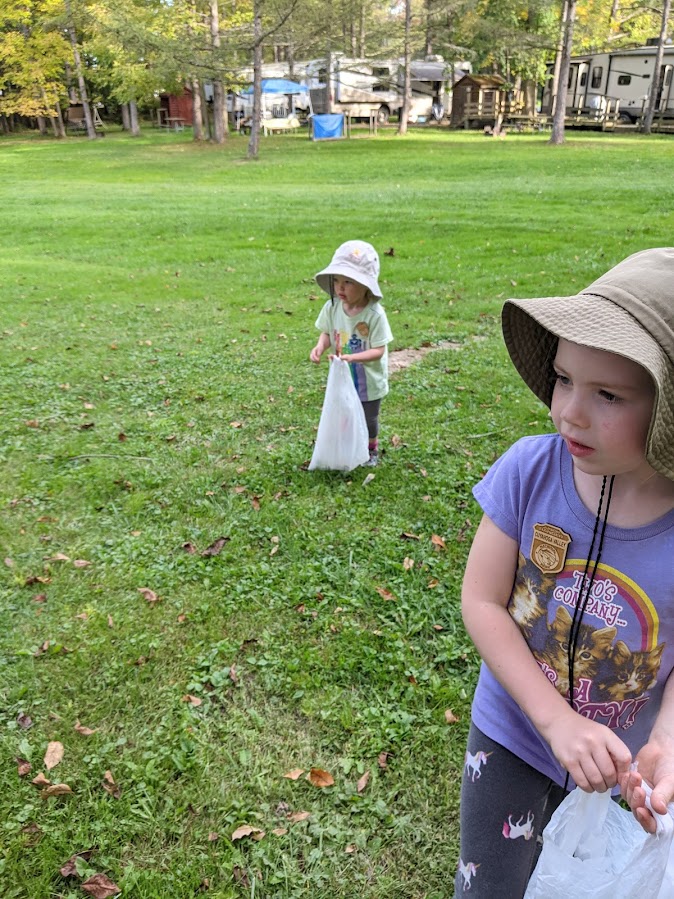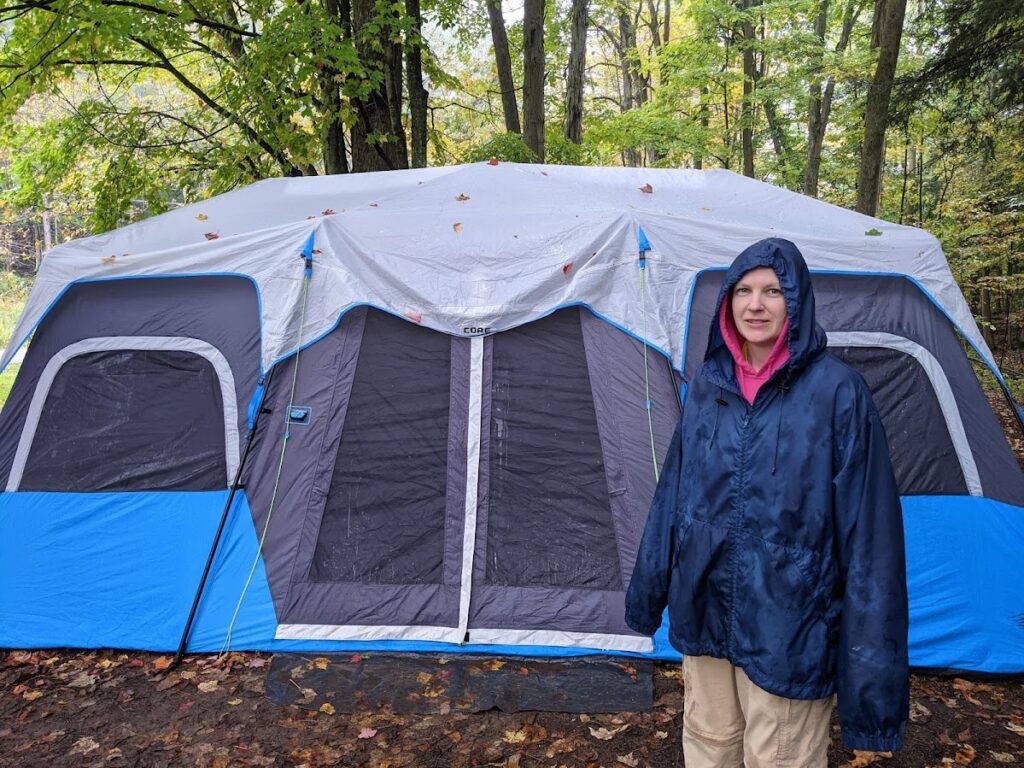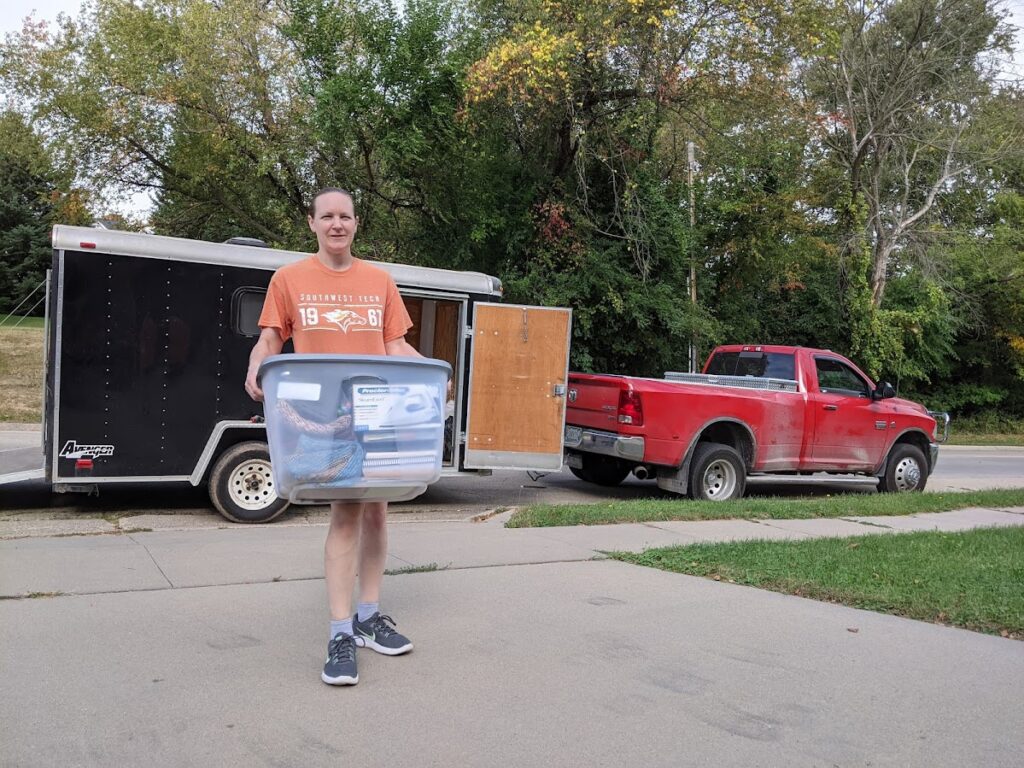Overview
This article is about how to pass your love of the water, snorkeling, and diving to your children. Our kids love nature and seeing animals just like us. That love does not stop at the water’s edge. Swimming and snorkeling with young kids require time, patience, and practice. But this effort can pay off as you see them progress with both swimming and snorkeling!
As an overview here are the four key points we will cover:
- Start Early in the Water
- Get the Right Equipment
- Make it Fun!
- Make it Memorable

But first, let’s start with some history…
Background
Brock
Brock grew up swimming all the time and has always loved the water. On a 2002 trip for spring break to Panama City Beach in Florida with friends, Brock broke away from the group. He went snorkeling for the first time and has been hooked on water excursions ever since. Both Becky and Brock are PADI-certified scuba divers. Brock even went as far as becoming both a Divemaster and Instructor. Brock has worked in both Thailand and Cayman Islands and has been on over 500 scuba dives. He also snorkeled hundreds of times all over the world.
Becky
Becky learned how to swim as an adult (no easy task!). She then took this further and learned how to both snorkel and became a certified diver in Vietnam in 2010. Becky loves the water (when it is warm enough!) She loves the coral and seeing the animals below the surface as well.
Kyra’s Progress (as of May 2022)
We started programs and lessons as soon as Kyra was old enough. She is basically part fish now! When people saw her in the water while we were traveling in Mexico at 5 they were amazed at her comfort and skill. She can do all of the following:
- Swim the length of the pool holding her breath the whole way
- Dive to the bottom and get multiple items with one breath
- Swim on her front or back
- Jump in with reckless abandon from as high as 10 feet (probably higher)

Verity’s Progress (as of May 2022)
Verity got a late start for programs due to COVID-19 and it originally made it harder for her. However, during our 2022 trip to Mexico Verity was in the water all the time. On the first part of the trip, we always held her. But for the second trip, we unleashed her with a floaty. Now she is everywhere in the water. She can do all the following with her floaty:
- Move around in the water anywhere on her own
- Jump in, as long as we hold her hands
- Mostly ok with getting her face wet now while above water
- She is willing to be dunked underwater with minimal complaints now
Where and when do you start?
When it comes to swimming and snorkeling with young kids the best time to start is today! The next best day is tomorrow. We took our kids in the water when they were weeks or months old. We did this on our own before we started programs or classes. Our belief is that they pick up on the enjoyment we bring to the water.
At 6 months old kids were eligible for local YMCA programs. For most kids, this may be the first time they were in the water. These were done with parents holding and moving the kids. Typically it is the mothers who attend these. But Brock also did some of these classes with the kids, which was great. In these sessions, the goal is to get the kids comfortable with being in the water. Additionally, there is usually a “dunking” element to the class where kids will go underwater. How this works is that you blow in the child’s face before very quickly having them go underwater. This is usually only done a few times from our experience. This part is usually the kid’s least favorite part.
For us, these classes were once a week and would last for about 2 months. In our area, this was the only class option until the age of 3. But you can do them as often as you want. We found these to be valuable to normalize being in the water. We also think seeing other kids/parents helps to make it normal.
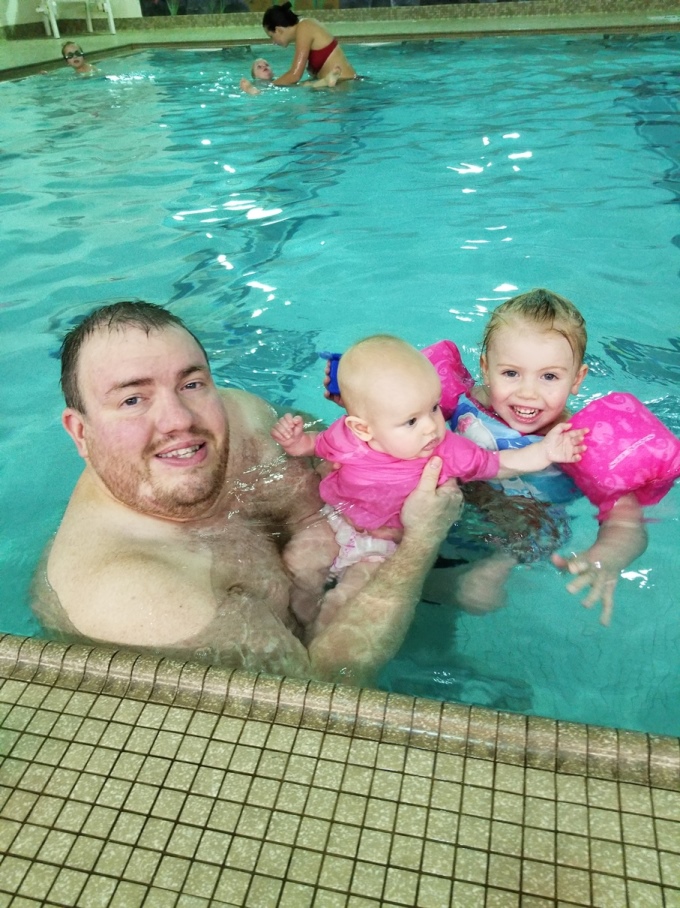
What do you do after the first parent/child lesson?
You can always repeat swim classes. This is something we have done before. However, don’t let lessons or classes be the only time kids get in the water. Find ways to get your kid in the water in any way possible. For those with discipline, you can set a bi-weekly or monthly recurring event to go to the pool as a family.
When kids are old enough, usually age 3, they can start taking independent swim lessons with instructors. We highly recommend these. Swimming and snorkeling with young kids are learned the best with help from other adults. But as a word of caution the quality varies dramatically based on the instructor they get.
Example Swimming Classes
Our “local” YMCA in Dubuque, Iowa describes the three levels of swim lessons as the following:
- WATER ACCLIMATION Students develop comfort with underwater exploration and learn to safely exit in the event of falling into a body of water in stage 1. This stage lays the foundation that allows for a student’s future progress in swimming.
- WATER MOVEMENT In stage 2, students focus on body position and control, directional change, and forward movement in the water while also continuing to practice how to safely exit in the event of falling into a body of water.
- WATER STAMINA In stage 3, students learn how to swim to safety from a longer distance than in previous stages in the event of falling into a body of water. This stage also introduces rhythmic breathing and integrated arm and leg action.
By age 5 they can move on to more demanding lessons depending on their skill level.
The younger you start the kid in these lessons the better. Realize that it is normal to repeat the same level of classes multiple times. Kyra did Water Movement 3 times. Part of the reason for this was an interruption due to COVID. But it is best to have the kids be able to easily do the skills from each level before moving on. You can take breaks between the classes if you want, we usually did.
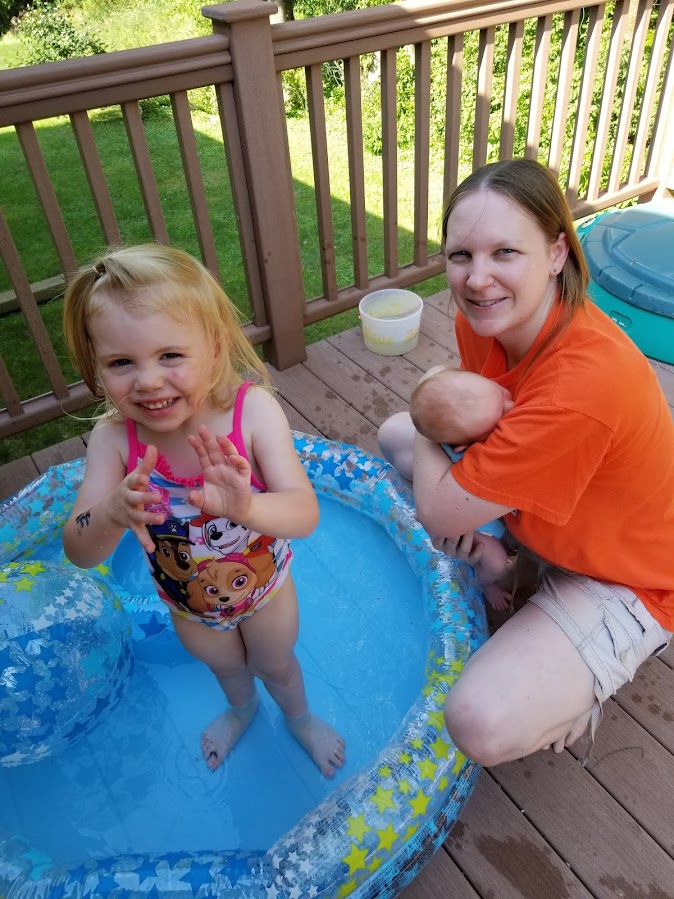
What should I do and not do to help swim lessons go better?
Do: Set Expectations
When it comes to swimming and snorkeling with young kids it is critical to set expectations. Kids have to know that they are not going to be good at this right away. They have to understand that progress and trying are the most important things.
Do Not: Get in the Instructor’s Way
First, you can and should go to the lessons and pay attention. This is especially important early on and with younger kids. Doing this allows you to talk with your kids after the lessons. But remember your role is that of a spectator. Stay out of the instructor’s way. Do not hover and do not interact with your kids during lessons. Parents can be the biggest thing that prevents their children’s success. Do not be that parent.
As Kyra got older Brock mostly took her to her lessons. He started swimming laps during the first 30 minutes of her lesson. But he would hang out in the hot tub for at least the last 15 minutes of the lesson and free time to watch her. This worked well. For one, she liked seeing Brock swim. It wasn’t something that only she had to do. Secondly, she always smiled when Brock got there to watch. It gave her a renewed focus for the last part of her lesson.
Do: Talk with the instructor after the lesson
When it comes to swimming and snorkeling with young kids you need to stay out of the way during the lessons. However, it is great to talk to instructors after lessons. My main question was what can we work on outside of swim lessons that will make things easier. But I also like to ask if there is anything that I can do to help my child have a better lesson. Usually, this was a no. But sometimes there were small things that I could discuss with Kyra to make things smoother. For instance, talking about what the instructor wants for certain strokes.
Do Not: Leave as soon as the lesson is done
Want to accelerate your kids’ learning? Get in the pool with them after the lessons. Use what you learned from the instructor on items to work on. But don’t start there. I liked to have Kyra do the thing she liked most or whatever she wanted to show me first.
We also liked to play games. She loves make-believe so sometimes we would do things in the water that have little to do with lessons. But usually, these things help improve her overall comfort level in the water. We found a rhythm of doing one thing she wanted and then one thing I wanted. I made sure not to always pick something that seemed like work. It is important to not do this for too long. It is also important not to make it another full lesson. This is just meant to be fun for the kids and a way to share the experience.
Bonus: Sometimes I knew we couldn’t stay late. So we would arrive 5 to 10 minutes early. This allowed us to jump in and do some fun things or maybe work on one item.
Do: Be fun and focus on positive
It is important to remember we are talking about swimming and snorkeling with young kids. Chances are they will not be great at all the parts of lessons. That is fine. Value the effort. Focus on what they are good at and build them up. I am not talking about lying to kids, please don’t do that. But don’t compare them to other kids (good or bad). If possible focus on what they want to talk about from the lesson. If they want help with things they are struggling with that is fine. But keep it fun and about progress, not perfection.
When to start snorkeling
Swimming and snorkeling with young kids is the title of this right? But so far we have focused only on swimming. That is because until young kids are comfortable in the water it is not worth trying to start snorkeling. Comfort is a hard thing to measure. But I think the point where the child is starting to do things easily without a floaty is a good proxy for this.
Additionally, the child needs to want to do this. If they do not it should not be forced. You will do way more harm than good. The first part of snorkeling is starting early. But in this case, starting means more education and less practical doing. We started with actions like:
- Talking about the underwater environment and how it looks
- Looking at pictures of things like fish, coral, and more
- Going to aquariums
- Reading books about sea creatures
- Watching underwater videos
We helped Kyra learn to love the underwater environment while above water. For instance, she released 3-day old sea turtles in Sri Lanka. We have watched this video dozens of times. This has also made her love learning about turtles and other sea creatures.
So yes for snorkeling you also need to start early too. In this sense, it is more about awareness and creating a connection than being in the water.

Get the Right Equipment – Swimming
The right equipment is required when swimming and snorkeling with young kids. Don’t think this means a lot of items or expensive items. For swimming the most important items are:
- Swim goggles that are easy to put on
- A bathing suit that is the right size
- An overshirt for keeping kids warm or when in the sun
- Floaty that can be used when younger
- Some fun items that kids can play with
With goggles especially you have to make sure you help the child use them properly. First, you should do anything you can to defog the goggles. I know there are chemical solutions for this. But our solution is the good old spit method before starting. The kids love this, but I am not even sure they know why they do it. Also, make sure if a child has long hair they know that it has to be outside the goggles to prevent water from coming in. Water in the goggles is hard for young kids to deal with, especially early on.
We found it best to try out the equipment we have before we started swim lessons. It not only helps the child get used to it. But you can also see any issues that would otherwise distract from the swim lessons. You also have the chance to answer questions about use. This is also a good time to just have fun in the pool without worrying about learning. Success for swimming and snorkeling with young kids equals getting them comfortable.
Get the Right Equipment – Snorkeling
The main items you need for snorkeling with young kids are as follows:
- Wetsuit (this is important for buoyancy, warmth, and protection)
- Boots and fins
- Mask and snorkel
Wetsuit
Wetsuit sizes are very specific for kids. You need to take measurements. Make sure you understand the manufactures sizing chart. You cannot buy sizes that are too big otherwise they are useless. A suit that is too small does not work either. The way wetsuits work is that they allow in a thin layer of water. This layer is then warmed by the body and kept in the suit. If the suit is too big the suit cannot keep this water inside. As with everything for kids, they will change sizes fast and outgrow items.
Boot and fins
We do boots and fins. You can buy fins that go on the kid’s feet only. But the boot and fin setup is better. That is because it is more comfortable and it prevents blisters. Also, the boots can be kept on even with the fins off when you are done snorkeling but still in the water. Again make sure you pay attention to the sizing charts when buying these.
Mask and snorkel
Now to the item that has been the most difficult for us. Brock and Becky both learned with a separate mask and snorkel. But when we tried this the water around Kyra’s face seemed to be uncomfortable for her. It freaked her out. We did online research to learn about full-face integrated masks and goggles. It had great reviews and seemed like a great idea. The problem is in reality this has not ever worked well for us. We have done everything we can to adjust it and Kyra still always has water in when she puts her face in the water fully.
So we talked to her about what she wanted to do. She is very comfortable with her swim goggles. So we attached the snorkel to the swim goggles. She does not have her nose covered while snorkeling. We have been out in the water for 30 minutes with this setup. This might not work for some kids but it has for her. We started by doing this for 5 minutes and built up from there.
Other Equipment
When we go out we have found it works best to put Verity’s floaty on Kyra while snorkeling. This extra layer of buoyancy and comfort is something she loves. We also take a camera, that Brock uses to take underwater pictures. Having this and being able to look at the pictures keeps her excited for going the next time. Another great item is a dive sock to make it easier to put on the boots. We use ScubaMax Spandex Sport Sock. They are one size fits all. Kyra used Becky’s socks and they worked great.

Make It Fun!
This is so important. If you remember one thing about swimming and snorkeling with young kids, let it be “make it fun”! So how do you do this? Make it fun has been mentioned in other sections. But to recap stay positive. Focus on what is going well. Work on what is not but look for any improvements to celebrate. Also know there will be hard days. These days are critical. When kids need to be picked up talk about how much they have learned since starting. Always focus on their improvement against themselves.
As we talked about in the when to start snorkeling section, focus on developing the love of the underwater environment. Doing this pays such huge dividends. It gives you a reserve of goodwill to draw against on the hard days.

Make it Memorable!
“Make it memorable” is in part making it important. Parents should talk to kids about swim lessons. Talk about what they like and what they are working on. Ask about their free time (what they do at the end) and what they are going to play next time. Keep it front of mind. Talk about when you will be swimming and/or snorkeling on trips.
It is important to document things. Take pictures and videos of lessons. Do the same when on trips. We have an underwater camera and housing that we use when snorkeling with Kyra. But know that pictures and videos do not have to be from when the children were underwater. Kyra loved looking at pictures from one of Brock’s liveaboard diving trips. She wanted to know what all the animals were and learn about them. This all builds towards the ultimate goal.
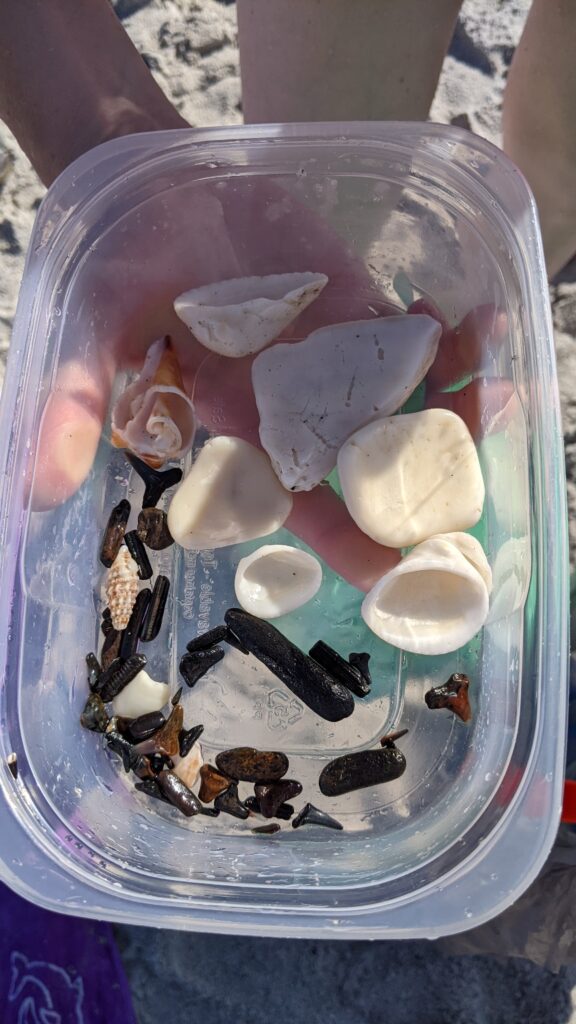
What Can Go Wrong?
Just about anything! COVID effectively kept us out of the water for nearly 2 years. It happened at a point where Kyra was rocking her Level 2 class and Verity was ready to do parent/child classes. It also took away our time in Belize. We had planned to do so many fun water-based activities in the second half of the trip. Nonetheless, Kyra is like a fish and Verity has made amazing progress on our current trip to Mexico. Let’s talk about some of the more typical issues to watch out for.
Parental Expectations and Attitude
In our opinion, this is the biggest problem for swimming and snorkeling with young kids. And the good part is that it is completely within your control. Parents have to keep their expectations in line. Do not place unrealistic expectations on your child. Easier said than done right? Do your best to remember this is not a race, competition, or something where you support only the ending. You have to celebrate the small things and keep encouraging them. If you overdo it here kids could quit completely.
Be careful not to overdo it or burn your kids out
As you read the article above you thought, man this is going to take a lot of work. But no it does not. At least not all the time. We rarely did back-to-back lessons. We liked to mix this up with other things like gymnastics, sports and time off. Kyra even picked what she wanted to do when given several choices. You have to know your child and find a good balance.
There could be weeks you need to skip. For days that it doesn’t work for some reason let it go and walk away. But do your best to end on a positive note. This can mean just spinning in the pool with your child or letting them jump in and splash you. I loved letting my kids push me so I go underwater. This is both fun and shows the kids that it was perfectly normal to go under the water.
Be careful about what parent/child lessons you pick
Brock’s cousin talked about how where they went the kids were dunked tons of times when very young. It traumatized their child and made him scared of the water. As with everything, as the parent, it is important to know your child and their limits. We also recommend researching programs or asking online groups before starting somewhere.
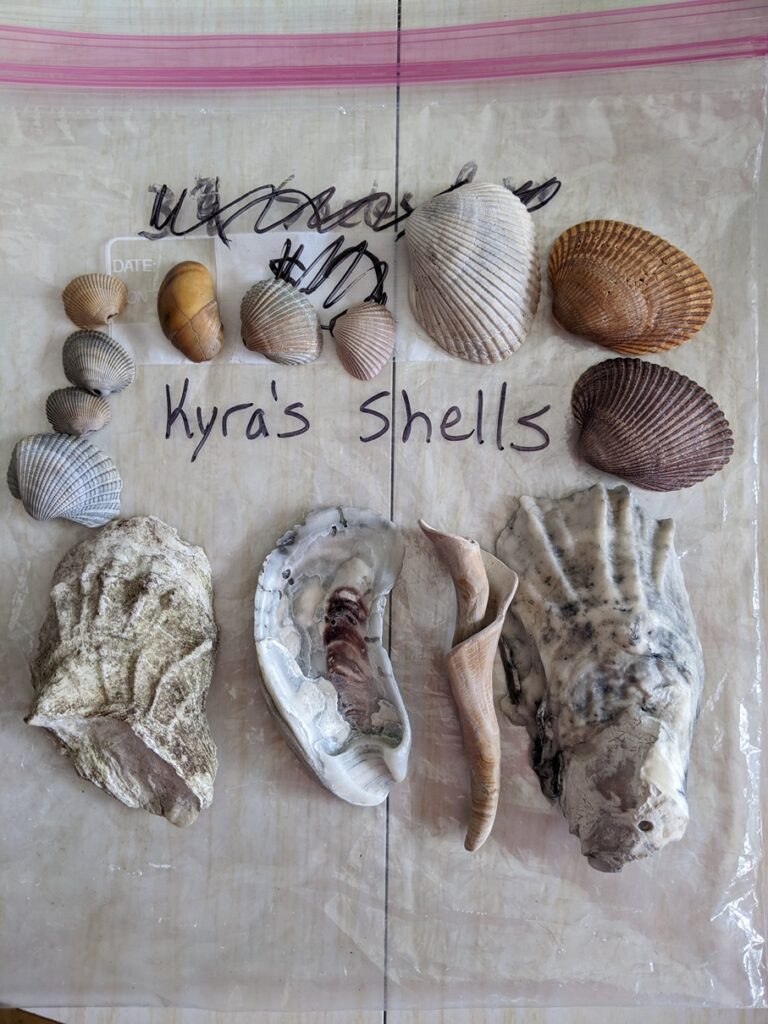
Conclusion
When it comes to swimming and snorkeling with young kids we have found a way to have the journey be as fun as the destination. Not always, but it has been a focus.
Brock had an interesting experience one day after getting out of the pool with Kyra before her lesson. Another parent pulled him aside. The parent had a kid in the same class as Kyra. She asked him, “What are you doing with your kid?” Brock was not sure what to say so didn’t answer. They quickly followed it up by saying Kyra was the only kid paying attention to the instructor. The person added their kid wasn’t, but Kyra was for the whole class. She seemed to be the only one who was “taking it seriously”.
You do not always get wins like this in life. My response was that Kyra loves the water. But as I thought about it later, it comes down to her wanting to be there. She both had the internal excitement that we had helped her grow. It was not something we could force. Since she wanted to be there she found it easy to focus. Also, she knew we would celebrate her progress. She in part wants to get her parent’s approval. But we think she wants it for herself as well and that is the most important thing.
For those who are new to us, you can learn more about us starting with our about us page. You can also subscribe to our YouTube channel or Newsletter.
Brock Waterman
Written: 3/29/2022 and 5/29/2022
Posted: 5/30/2022





